DESIGNED FOR RESEARCHERS
Research Assistant
Powered by Google Gemini AI
Latest Posts
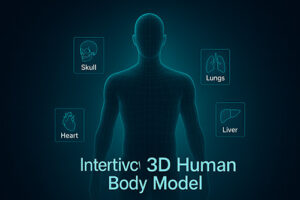
Complete Human Body 3D Model
Interactive 3D anatomy viewer to explore the skeleton, heart, and veins in lifelike detail.
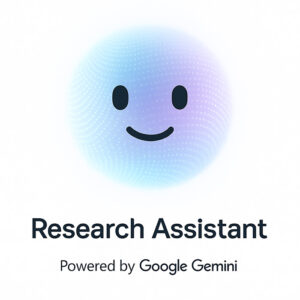
Introducing the Smartest Way to Get Research Help
If you’re a student, researcher, or knowledge enthusiast who spends hours hunting for clear, trustworthy information — we’ve built something just for you.
Meet the AI Research Assistant — an intelligent, friendly chatbot now live on research.help, powered by Google Gemini, one of the most advanced AI models in the world.
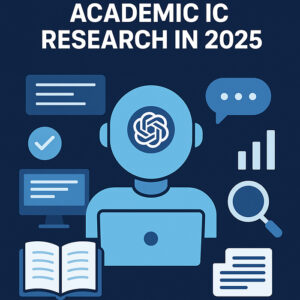
How AI Is Revolutionizing Academic Research in 2025
AI in Research 2025 Statistics. A recent survey found that over half of students and early-career researchers are already using AI tools for literature reviews (51%) and nearly as many for writing and editing (46.3%). In just a few years, AI has gone from a novelty to a necessity in academia.

AI and Machine Learning in Healthcare
A bedside monitor tracking a patient’s vital signs in an intensive care unit. AI-driven systems can analyze such data in real time to alert clinicians to conditions like sepsis hours earlier than traditional methods, helping save lives.Ai and Machine Learning in Healthcare rapidly reshaping healthcare.
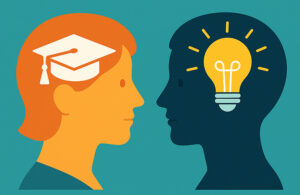
Epidemiology and Infectious Diseases
When a deadly disease suddenly appears, epidemiologists spring into action like detectives chasing clues. Epidemiology, often called the “science of public health detectives,” investigates how diseases spread, who is affected, and how to stop them.

Developmental Psychology
Human development is a lifelong journey of change. Developmental psychology is the branch of psychology that studies how people grow and adapt physically, mentally, and socially from conception through old age
positivepsychology.com
.
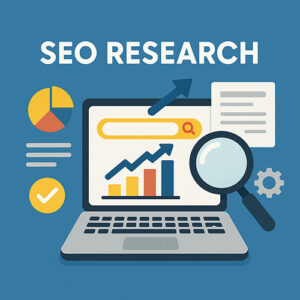
SEO
Overview:
This 7-day action plan is tailored for research.help, a site for researchers and students, to significantly boost web traffic within one week. The plan focuses on quick-win SEO improvements, immediate content creation, targeted social media outreach, email marketing, backlink opportunities, and other free/low-cost tactics. Each day has specific, actionable steps.

The World’s Most Beautiful Birds: A Comprehensive Guide
I’ve been fascinated by birds ever since I was a kid. There’s something magical about these creatures that never fails to take my breath away. Birds aren’t just animals – they’re living works of art flying right over our heads! From the mind-blowing colors of tropical species to the elegant dancers of the sky, our planet’s feathered residents offer some seriously jaw-dropping eye candy.

T-Test & P-Value Calculator
I’ve developed a powerful yet user-friendly statistical analysis tool that allows researchers, students, and data analysts to perform t-tests and calculate p-values directly in their browser. This tool requires no installation or advanced technical knowledge – simply upload your data and get meaningful statistical insights.

Affiliate Disclosure
Currently, research.help has no affiliate partnerships or sponsored content. We do not earn commissions from external products or services, and we do not run advertisements.
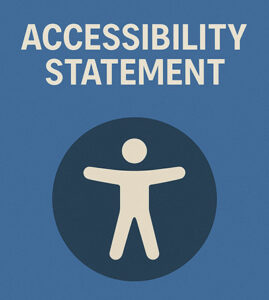
Accessibility Statement
Accessibility Statement
We are committed to making research.help accessible to all users, including people with disabilities.

Children’s Privacy Policy
Research.help is not designed for children, but we recognize that minors may access it. In compliance with COPPA (U.S.) and similar laws, we do not knowingly collect personal information from children under 13 without parental consentftc.gov.
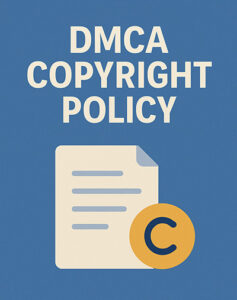
DMCA / Copyright Policy
All content on research.help (text, images, etc.) is either created by us or used with permission. It is protected by copyright.

Security Policy
Data Protection: We use industry-standard security measures to protect your data. All data transmissions to our site occur over secure HTTPS (TLS encryption).

Medical Disclaimer
research.help may include health or medical-related educational content, but this is not medical advice. We are not a substitute for professional healthcare.

Educational Content Disclaimer
All materials on research.help are for informational and educational purposes only. We do not guarantee any specific academic or professional results from using this content.

Refund & Cancellation Policy
All content on research.help is free of charge. We do not sell subscriptions or memberships, so there are no charges to cancel.
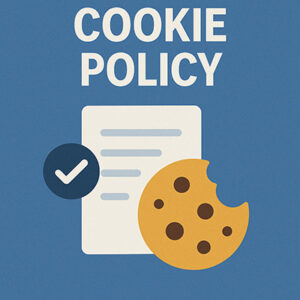
Cookie Policy
What Are Cookies: Cookies are small text files stored on your device that help us recognize your browser and remember preferences. We use both first-party cookies (set by our domain) and third-party cookies (set by external providers). Third-party cookies enable features like analytics or (if applicable) targeted content. For example, we use “strictly necessary” cookies for basic site functions, and other cookies to understand user behavior and improve our servicetermly.iotermly.io.
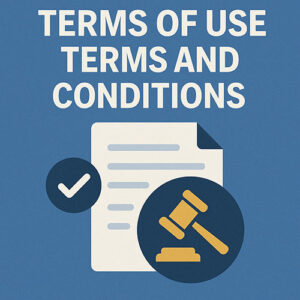
Terms of Use / Terms and Conditions
Eligibility: research.help is open to all, but if you are under age 13, you should not provide any personal data (see Children’s Policy below). In the European Union, users must be at least 16 (or the age of consent in your country) to provide personal data without parental permission. By using this site, you confirm you meet the applicable age requirements or have parental consent.
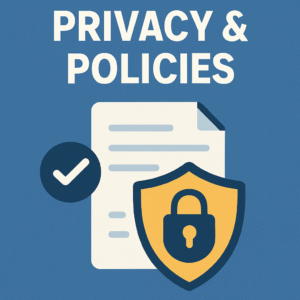
Privacy Policy
Scope and Data Collected: research.help collects only what you provide voluntarily — your name and college email address (for the weekly newsletter). We do not require any other personal data to use the site. All data collection is opt-in(you choose to subscribe) and is limited to academic email addresses to verify student/research affiliation. We explain why we collect each piece of information when you submit it.
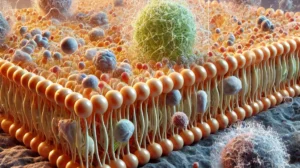
Virtual Biology Lab: Cell Membrane Diffusion
Observe how molecules of different sizes pass through a semi-permeable cell membrane. This simulates how cell membranes allow some substances to pass through while blocking others.
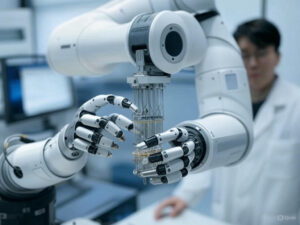
Robotics and Automation
In the 1920s, Czech playwright Karel Čapek introduced the word “robot” in his play R.U.R. (Rossum’s Universal Robots). Derived from the Czech word “robota,” meaning forced labor, the term described artificial humans created to work in factories. A century later, robots and automation systems have transcended science fiction to become integral parts of our world—manufacturing our goods, exploring distant planets, performing delicate surgeries, and even vacuuming our homes.

Quantum Computing
For over 70 years, classical computers have transformed our world, enabling everything from space exploration to smartphones. These machines, regardless of their size or power, all operate on the same fundamental principle: processing bits of information that exist in one of two states—0 or 1. This binary approach has served us remarkably well, but we’re beginning to encounter problems so complex that classical computers would take impractical amounts of time to solve them—billions of years in some cases.

Neuroscience
The human brain—a three-pound universe of approximately 86 billion neurons—remains one of the most complex and fascinating structures in existence. Despite centuries of study, we’ve only begun to understand how this remarkable organ creates our thoughts, emotions, memories, and consciousness itself. Neuroscience stands at this frontier, working to decode the intricate processes that make us who we are.

Sustainable Development
Imagine building a house on a foundation that slowly crumbles. No matter how beautiful the structure, it will eventually collapse. For generations, much of human development has followed this pattern—creating prosperity and technological advances while inadvertently undermining the very foundations that support our existence: ecological systems, social cohesion, and long-term economic stability.

Renewable Energy
For most of modern history, humanity has powered its remarkable technological progress primarily through fossil fuels—coal, oil, and natural gas. These energy-dense, convenient fuels enabled the Industrial Revolution and the unprecedented economic growth and quality of life improvements that followed. However, this progress has come with significant costs: climate change, air and water pollution, resource depletion, and geopolitical tensions.
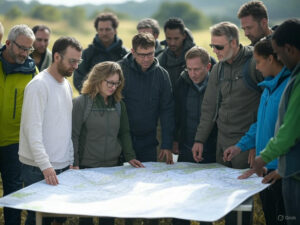
Climate Policy
Climate policy refers to the strategies, rules, regulations, and initiatives developed by governments, international bodies, and organizations to address climate change. These policies aim to reduce greenhouse gas emissions, promote adaptation to climate impacts, and transition to a more sustainable, low-carbon economy. Climate policies operate at multiple levels—international, national, regional, and local—and involve various sectors including energy, transportation, industry, agriculture, and forestry.

Carbon Footprint
When we talk about a “carbon footprint,” we’re referring to the total amount of greenhouse gases (GHGs) generated by our actions. Although it’s called a carbon footprint, it actually includes various greenhouse gases like carbon dioxide (CO₂), methane (CH₄), nitrous oxide (N₂O), and fluorinated gases—all converted into a carbon dioxide equivalent (CO₂e) for simplicity of measurement. This concept helps us understand our individual and collective impact on climate change.

Protecting Our Planet
Protecting Our Planet, When we walk through a forest, snorkel over a coral reef, or simply look around a garden, we’re witnessing biodiversity—the immense variety of life on Earth.

Environmental Science & Climate Change
Our planet is experiencing profound changes. The evidence is all around us—from shifting weather patterns and rising seas to declining biodiversity and deteriorating air quality. To understand these changes and work toward solutions, we need to understand two interconnected areas: environmental science and climate change.

Predictive Modeling
Imagine having a crystal ball that could help you anticipate customer needs, identify potential risks, optimize resources, and make data-driven decisions with confidence. While actual fortune-telling remains in the realm of fantasy, predictive modeling offers the next best thing—a scientific approach to forecasting future outcomes based on historical data patterns.
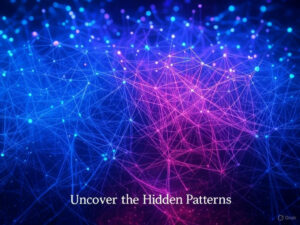
Data Visualization
In today’s data-driven world, we’re constantly surrounded by information. Organizations collect unprecedented amounts of data about customers, operations, markets, and more. But raw data—endless rows and columns of numbers—rarely tells a compelling story on its own. This is where data visualization steps in, transforming abstract numbers into meaningful visual insights that can be quickly understood and acted upon.
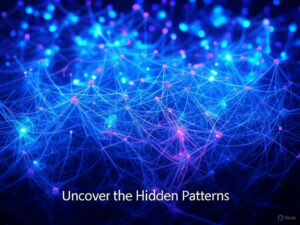
Data Mining
Data mining is like digging for gold in a vast digital landscape. Ever wondered how Netflix knows your next favorite show or how Amazon recommends just what you need? The answer lies in data mining—the art and science of extracting valuable insights from large datasets.

Data Analytics
In today’s digital landscape, businesses are generating unprecedented volumes of data through various channels and touchpoints. However, the true value of this data lies not in its volume but in the insights it can yield when properly analyzed. Data analytics is the systematic computational analysis of data to discover meaningful patterns, correlations, and trends that can inform business decisions.

Transforming Industries with Big Data
In today’s interconnected digital landscape, Big Data has emerged as a transformative force reshaping how organizations operate, compete, and innovate. Big Data refers to the exponentially growing volumes of structured and unstructured data that are too large or complex for traditional data processing applications to handle efficiently. What distinguishes Big Data is not just its sheer volume but also its variety, velocity, and veracity—characteristics that have come to be known as the “4 Vs.”

Unlocking the Essentials of Network Security
In today’s hyperconnected world, data is more than numbers—it’s a powerful asset fueling innovation across industries. At the heart of this revolution are two interconnected disciplines: Data Science and Big Data. Data Science blends statistical analysis, computer science, and domain expertise to uncover insights

Unlocking the Essentials of Network Security
In today’s hyperconnected digital landscape, network security has evolved from an IT concern to a fundamental business imperative. Network security encompasses the policies, practices, and technologies designed to protect the integrity, confidentiality, and accessibility of computer networks and data.

Mastering Information Assurance
In a world where cyberattacks are becoming more sophisticated and costly—averaging over $4.45 million per data breach—Information Assurance (IA) is no longer just a technical necessity. It’s a strategic priority.

Cyber Threat Intelligence 2025: Build Predictive Security Now
Learn how modern threat intelligence turns raw data into proactive defense. Discover CTI types, tools, and best practices to outpace ransomware and APTs.

Cryptography
In our hyperconnected world, where data flows continuously across global networks, cryptography serves as the guardian of our digital lives. Cryptography—the science of securing information through codes and ciphers—has evolved from ancient secret writing techniques to sophisticated mathematical algorithms that protect everything from your banking transactions to private messages.

Blockchain Security
Blockchain technology has transformed numerous industries with its promise of decentralization, transparency, and immutability. However, as blockchain adoption accelerates across finance, supply chain, healthcare, and beyond, so do the security challenges associated with this revolutionary technology. Blockchain security encompasses the measures, protocols, and best practices designed to protect blockchain networks, smart contracts, and digital assets from unauthorized access, attacks, and vulnerabilities.

